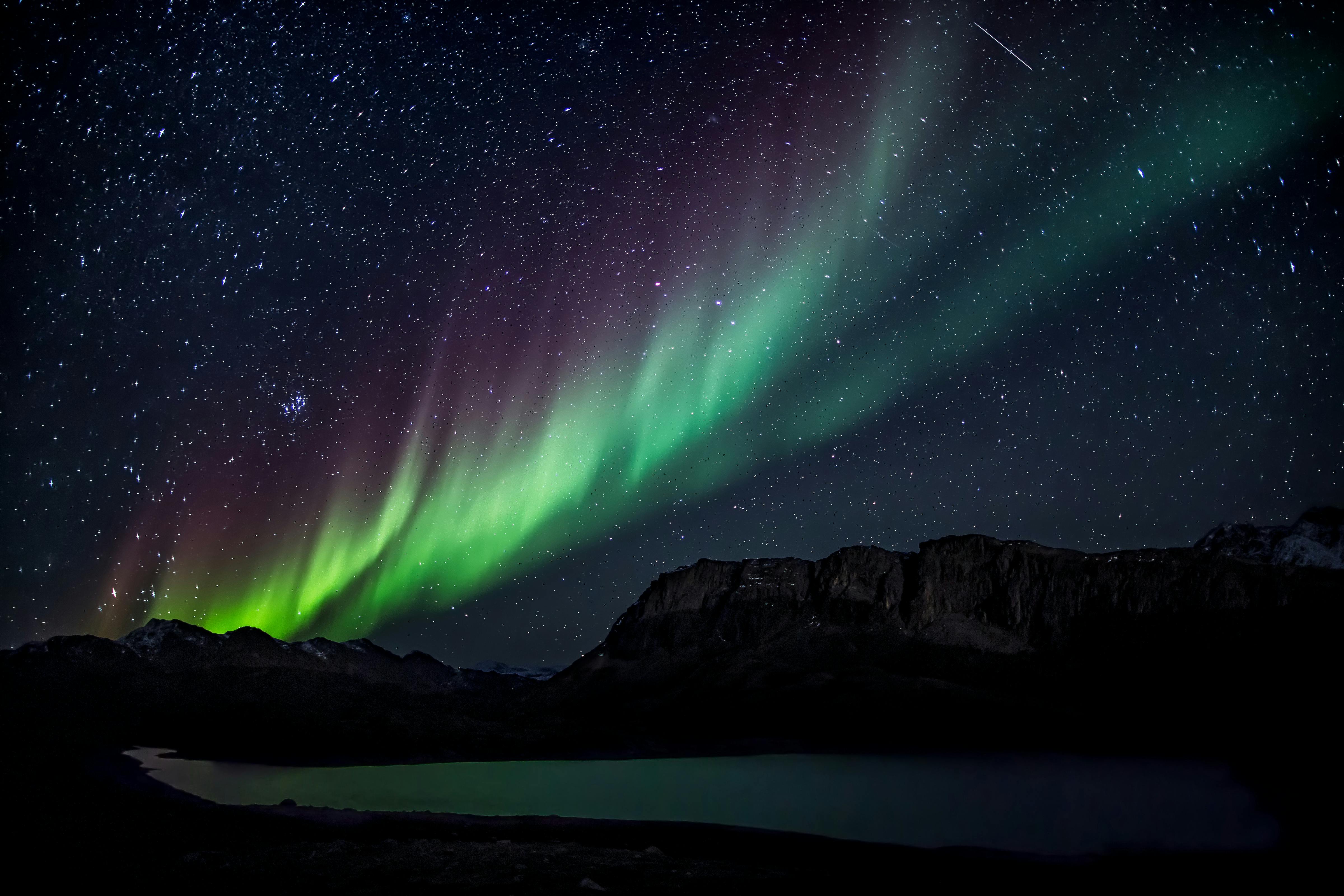
Uncovering the Marvels of the Natural World: Nature’s Most Fascinating Phenomena
Brought to you by Fundamentals First Learning Tutors Edmonton
Nature is the greatest storyteller—full of glowing seas, thundering skies, and migrating butterflies. Just when you think you’ve seen it all, the Earth reveals another surprise. Whether you’re a science lover, adventure seeker, or just a curious soul, there’s always something new and jaw-dropping to learn about our planet.
Here are 9 of the world’s most mind-blowing natural wonders that prove Earth is way cooler than fiction!
1. 🌌 The Northern Lights (Aurora Borealis)
This one’s straight out of a dream. The Aurora Borealis lights up the night sky in swirling shades of green, purple, and even pink. Caused by solar particles colliding with gases in our atmosphere, this dazzling light show is best seen in places like Canada, Norway, and Iceland during the cold winter months. People travel from all over the world just to catch a glimpse—and trust us, it’s worth the chill!
2. 🌊 Bioluminescent Beaches
Imagine walking along the beach at night, and with every step you take, the water glows electric blue beneath your feet. That’s bioluminescence in action—thanks to tiny glowing plankton called phytoplankton. Head to places like Puerto Rico’s Mosquito Bay or the Maldives to see it in full force. It’s like the ocean’s version of stardust.
3. ⚡ Catatumbo Lightning: The Eternal Storm
In Venezuela, over Lake Maracaibo, lightning flashes almost every single night—up to 260 nights a year! Known as Catatumbo Lightning, this natural light show is caused by warm winds, cold mountain air, and unique geography. It’s not just an amazing sight—it also helps restore ozone in Earth’s atmosphere. A storm with a purpose? Now that’s cool.
4. 🐃 The Great Migration in East Africa
Every year, over two million animals—wildebeest, zebras, and antelope—make an epic journey across Tanzania and Kenya, dodging predators and braving rivers. Known as the Great Migration, this is one of Earth’s greatest wildlife spectacles. It’s nature’s version of a road trip… with lions and crocodiles along the way.
5. 🦋 Monarch Butterfly Migration
These fragile little flyers go on one of the longest migrations in the insect world, traveling up to 3,000 miles from Canada and the U.S. to Mexico every winter. Even more amazing? They somehow return to the same forests year after year—even though the butterflies that start the journey aren’t the same ones that finish it. Nature’s GPS is seriously impressive.
6. 🪨 Sailing Stones of Death Valley
In California’s Death Valley, giant rocks mysteriously slide across the desert floor—all by themselves. For decades, no one knew how. Turns out, it’s a perfect mix of cold nights, ice, and just enough wind to gently glide these heavy stones across the ground. It’s slow-motion magic, courtesy of Earth.
7. 🩸 Blood Falls, Antarctica
Yes, you read that right. In the icy wilderness of Antarctica, a glacier “bleeds” bright red water. Known as Blood Falls, this creepy-cool flow is actually super salty water rich in iron that turns red when it meets oxygen. It’s weird, it’s beautiful, and it might even help us learn about life on other planets.
8. 🌈 Rainbow Eucalyptus Trees
Who needs paint when nature has its own rainbow trees? Found in the rainforests of Indonesia, the Philippines, and New Guinea, the rainbow eucalyptus sheds bark throughout the year, revealing a trunk covered in bright greens, purples, oranges, and blues. They look like they came straight out of a fairy tale.
9. 🪨 Moeraki Boulders, New Zealand
Scattered along the beach in New Zealand are massive round boulders that look like dinosaur eggs or alien artifacts. They’re called the Moeraki Boulders, and they formed millions of years ago through a slow cementing process underground. Today, they’re giant geological marbles dotting the shore—and they’re totally Insta-worthy.
🌿 Why These Wonders Matter
Every one of these natural marvels reminds us how wildly creative and powerful our planet is. They connect science with beauty, mystery with meaning, and adventure with learning. Whether you’re exploring in real life or just reading from your couch, these phenomena spark a sense of curiosity we hope never fades.
✨ So next time you’re outside, look a little closer—
Nature might be quietly putting on a show just for you.
Photo by Visit Greenland: https://www.pexels.com/photo/aurora-borealis-360912/




